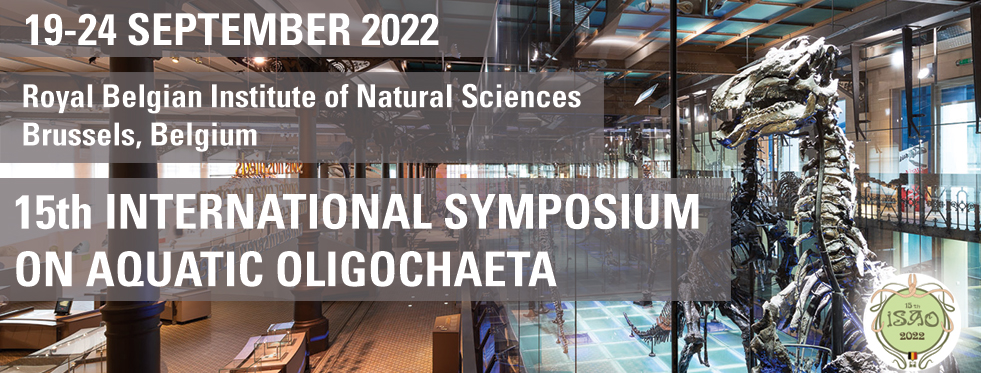Communities of earthworms, enchytraeids and collembolans were investigated at twenty-five Permanent Soil Monitoring Sites in Germany, with the objective to compare the performance of three different methods to assess soil invertebrate diversity, (1) classical identification of specimens to species using morphological characters, (2) DNA-metabarcoding of invertebrate communities (comDNA), and (3) metabarcoding of environmental DNA (eDNA) extracted from soil. Background of this project, named MetaSol and launched by the Federal Environmental Agency of Germany (UBA, Umweltbundesamt), is the need to develop a standardized and cost-effective method for the assessment of soil invertebrates at the Permanent Soil Monitoring Sites of the German Länder. We present sampling design and workflow and we discuss the strengths and weaknesses of each method in light of the results obtained.
Advantages are as follows: Morphology: detection of very small, rare, or new species, inclusion of abundance and biomass data. comDNA: detection of cryptic species, identification of juvenile specimens. eDNA: cryptic species, detection of cryptic species and species not sampled but present at a site; identification of juvenile specimens. Methodological constraints and uncertainty are lowest in "morphology" and highest in "eDNA", the reverse is true for costs and workload.
16S eDNA is very efficient to assess earthworm diversity. Congruence of results using the 3 methods is especially good in enchytraeids. The main challenges for metabarcoding are: to minimize selective DNA amplification (primer bias), to enhance the reference libraries, and to integrate quantitative data. The main challenges for morphology is to describe and name the new species, and to obtain funds to do so.
For a full picture of the diversity, a combination of methods is recommended. The biological state of soil annelid communities (e.g. community types, degree of disturbance) can be assessed with each of the 3 methods.

 PDF version
PDF version
